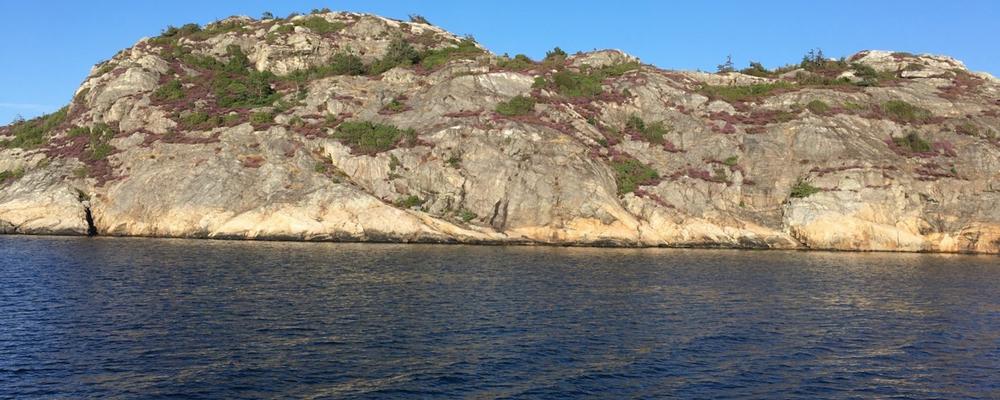In his research, Martin Eriksson has taken an interest in why animals and plants have limited ranges, despite their ability to adapt to new environments via evolution. To answer this, Martin Eriksson created mathematical models for how geographic ranges develop, where he has, among other things, considered species’ various genetic characteristics.
“It’s important to understand why animals and plants have limited ranges, but also how they adapt to new environments. In theory, my models can explain why populations fail to adapt locally,” says Martin Eriksson, PhD student at the Department of Marine Sciences, University of Gothenburg.
Self-fertilisation can be favourable
Although Martin Eriksson's models are general, they are often related to empirical data from species in the Baltic Sea, a young area by geological standards, and which therefore has populations that have recently undergone an expansion of their ranges, such as bladder wrack or eelgrass.
In his models, Martin Eriksson has, among other things, been able to show that self-fertilisation can be favourable in certain environments, even though it usually results in poorer adaptability and makes the species vulnerable to environmental changes. He has also been able to show that it can be favourable for several genes to be inherited in so-called “supergenes”, to preserve local adaptation in extreme environments at range margins.
“The advantage is that locally adapted combinations of genes are partially protected from mixing with less adapted genes. It can therefore lead to range expansions, at least if the environment stays the same,” says Martin Eriksson.
Create bridges between mathematics and biology
With his research, Martin Eriksson wants to create bridges between mathematics and biology. Mathematical modelling is a helpful alternative, since it can be difficult to study the expansion of species’ ranges using experiments or field studies.
Martin Eriksson's mathematical models can be used by researchers in, for example, evolutionary biology, or ecology, both to understand why species have the ranges they have today, but also to understand how limits in species’ ranges could look like in the future.
“I would very much like my models to be used for preservation of biological diversity, for example to improve our understanding of how global climate change affects species' ranges and genetic adaptation,” says Martin Eriksson.
Link to doctoral thesis:
Modelling the Evolution of Species’ Ranges
Martin Eriksson
PhD student at the Department of Marine Sciences
Email: martin.eriksson.2@gu.se


